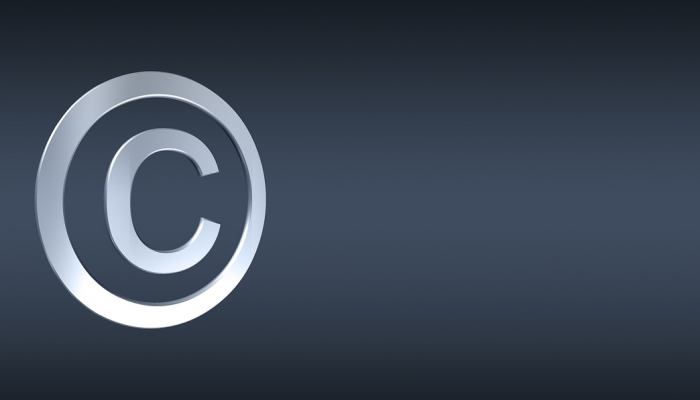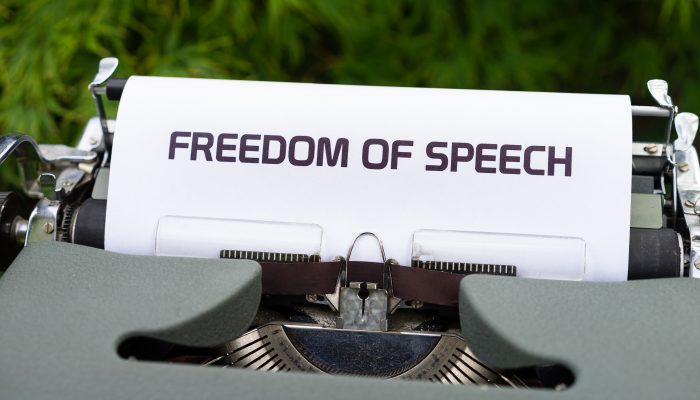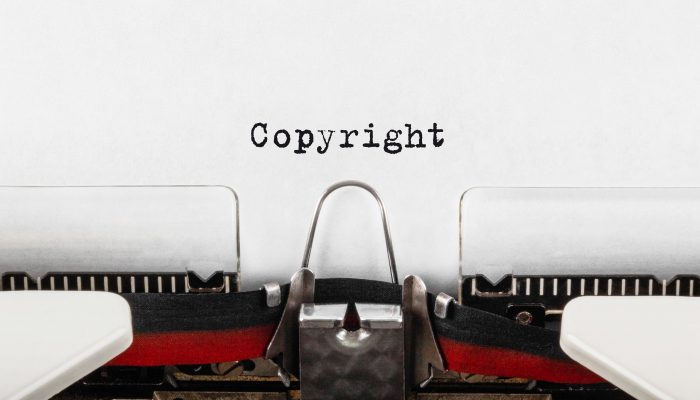Recently we wrote about the new rules for social media in India, that caused uproar. Well, this seems to be the theme of the season. Twitter found itself mired in yet another controversy for suspending accounts of IT Minister Ravi Shankar Prasad and Chairman of the Parliamentary Standing Committee on IT, Shashi Tharoor. Whether it is coincidence or some sort of irony, we will never know.
On the 25th of this month, IT minister Ravi Shanker Prasad’s Twitter account was blocked for an hour. Soon after, Shashi Tharoor found he had been locked out of his account (again) in trying to explain why he was locked out the first time. Both lock outs were a consequence of DMCA notices received by Twitter for A.R. Rahman’s Maa Tujhe Salaam and Boney M’s Rasputin respectively. Had this happened a few months ago, it may not have made headlines. But now, considering the riot that the new IT rules have caused, even a one hour lock out has caused controversy.
Ethics That Call For ‘Due Diligence’ and Notices
The IT Minister accused Twitter of violating Rule 4(8) of the Information Technology (Intermediary Guidelines and Digital Media Ethics Code) Rules 2021 where they failed to provide him any prior notice before denying him access to his own account. Here’s how Rule 4(8) reads:
- Additional due diligence to be observed by significant social media intermediary.—(1) In addition to the due diligence observed under rule 3, a significant social media intermediary shall, within three months from the date of notification of the threshold under clause (v) of sub-rule (1) of rule 2, observe the following additional due diligence while discharging its duties, namely:—
(8) Where a significant social media intermediary removes or disables access to any information, data or communication link, under clause (b) of sub-rule (1) of rule 3 on its own accord, such intermediary shall,—
(a) ensure that prior to the time at which such intermediary removes or disables access, it has provided the user who has created, uploaded, shared, disseminated, or modified information, data or communication link using its services with a notification explaining the action being taken and the grounds or reasons for such action;
(b) ensure that the user who has created, uploaded, shared, disseminated, or modified information using its services is provided with an adequate and reasonable opportunity to dispute the action being taken by such intermediary and request for the reinstatement of access to such information, data or communication link, which may be decided within a reasonable time;
The Rule addresses removal and disabling of information, data or communication link (essentially hyperlinks) and is silent on the disabling of an account. In these cases, it wasn’t the content that was removed or made inaccessible, users were shut out of their accounts. The Rule in its present form doesn’t seem to cover a situation such as this. That said, Twitter in its Copyright Policy states that a ‘good faith attempt’ will be made to contact the user whose content was removed based on a copyright notice.
The Balancing Act
Weighing the right of a user to have uninhibited access to his/her social media account against copyright is a precarious balance that needs to be first understood and then struck. Copyright laws are in place to ensure a healthy environment for creativity. While access to social media accounts is an important part of life (especially in today’s digital age), honouring copyright is even more so (for most of use, it’s content that’s kept us sane through lockdowns).
While most of us don’t want to intentionally flout copyright laws, not knowing the extent of ‘fair use’ can sometimes get us into trouble. This Twitter lockout being case in point. This was a classic case of copyright infringement for a musical work for which Sony Music (Maa Tujhe Salaam) owned copyright. In the event that the music was used after permission for use was sought, or if the song used was in the public domain (like Happy Birthday To You), or the platform it was being used on had a license from the rights holder, this wouldn’t have amounted to a copyright violation.
The general principle applicable to the use of copyright protected content on all social media posts is that all pictures, songs, media used without consent of the copyright holder amounts to infringement. Many social media sites today like Instagram and TikTok have a repository of IP protected content that has been licensed to them. As users of these apps, you and I can use this content without worry of being slapped with a copyright infringement claim. You’ll notice you cannot (legally) use this music outside of the platform though, for their licenses are limited to use on the specific platform alone. For instance, when you save a reel off Instagram, the music you’ve used to make it disappears. This is the social media app honouring the terms of its license.
Now you know what you shouldn’t do. Here’s a quick checklist to run through before you use copyright protected content on your social media posts:
- Check to see if the content is licensed. If you hold a valid license, by all means, use it!
- Not sure if the content you’re using is copyright protected and don’t know how to check for a license? Avoid using it as is. Look to see if you find a paid version of it, download it and then use it in your post.
- Always give the author of the work credit for it. Remember, the idea of copyright law is to prevent the unauthorized use of copyright protected work. If creators are not given their fair due, why will they create?
More than the light this controversy has shed on the tension between the Government and social media platforms, it’s given us all a reason to learn the ethics of content use on the internet. Artists create content not only because of a deep need to, but to make a living. Let’s always remember that and do our bit by sharing it right.




